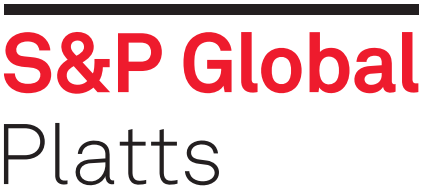
The typical flow of hot-dipped galvanized steel imports into Europe from Asia has dried up over August and September despite plenty of safeguard quota allowances being available, with material fetching better prices in Far East markets than in the European market.
However, with the recent recovery in European prices, a sizeable portion of the category 4b import quota for Asian producers untouched and just over two weeks left until the new safeguard quota allowance is made available Oct. 1, sources are expecting imports to return to the market at some point.
This is complicating the near term picture and adding to mounting European oversupply concerns, as more local capacity is expected to return from maintenances or COVID shutdowns this month.
An Italian service center source said he still didn’t expect to see any import volumes in October, but noted it would be “really difficult this moment to give a forecast on prices. I’m sure imports will come back because it’s impossible that they will decide to stay out [of Europe] for much longer.”
However, the same source said that “for the moment we see absolutely nothing coming into the EU from South Korea or India. They’re staying out of the market and choosing to remain in Asia where there are higher domestic prices.”
The Platts TSI HDG index was assessed at Eur550/mt ($652/mt) ex-works Ruhr Sept. 9, up Eur4/mt on the week, and in Southern Europe HDG was assessed at Eur548/mt ex-works, up Eur12/mt. In China, HDG export prices were assessed at $613/mt FOB Shanghai.
Options for imports of hot-dipped galvanized material for automotive use under category 4b are fairly ample, specifically tariff quotas for South Korea, India, Taiwan and other “non-country specific” destinations.
China, however, has nearly exhausted its quota with just 9,022 mt left (7%) as of Sept. 16. Once a quota balance dips below 10%, importers are obliged to deposit with customs authorities a 25% bank guarantee to cover any potential duty liability.
Taiwan’s quota balance stood at 30,386 mt as of Sept. 16, or 94% left of its available allowance, and India’s allocation is also relatively high at 46,482 mt, or 60% of its quota balance left.
India’s largely unused balance is in keeping with import behavior seen at the end of 2019, when the country had an unused balance of 45%.
An Italian mill source said he had heard that hot-dipped galvanized material from India could be due for delivery into the EU for November, but said that because of “higher international prices and the current Italian [pricing] situation, no one wants to buy from imports.”
The source added, “If you buy now from imports, galvanized material will not be guaranteed [for arrival] until next year.”
Meanwhile, a Central Europe-based trader said exporters were fetching better prices in other markets, with Indian producers — one of the largest suppliers to Europe — “completely out” since June.
The European Commission data also showed the “non-country specific” quota now stands at 24,647 mt, or 30% left, with 1,366,551 mt awaiting allocation at European ports.
In the fourth quarter of a year, named countries that have exhausted their own allocations — notably China and South Korea — are permitted to utilize the “non-country specific” available balance.
For material falling under category 4a — material mostly used for non-automotive applications — the “non-country specific” quota balance currently sits at 173,040 mt or 35% still available for import.
South Korea’s quota allowance for category 4a material is nearly used up, with just 946 mt or 2% still available for import as of Sept. 16, with India having exhausted its 54,409 mt allowance as of Aug. 18.
A Benelux-based service center source also said that hot-dipped galvanized material was “significantly under pressure” in Europe due to limited supply and long lead times, reopening the possibility of imports.
“If EU delivery times extend to 13-14 weeks, imports could make sense,” he said.
— Amanda Flint




